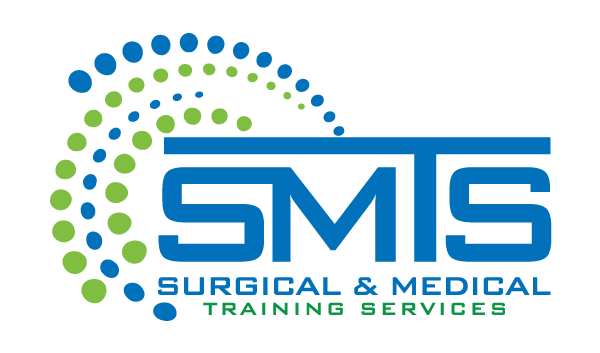Statistics suggest that, at any given time, approximately 15 million women are affected by stress urinary incontinence. Of the various types of incontinence, this is the most common. Historically, women have had relatively little help in managing this condition. Over time, though, both nonsurgical and surgical solutions have been developed. We’ll briefly outline them here.
Nonsurgical treatment options for stress urinary incontinence have included:
- Pelvic floor exercises. Known as Kegel exercises after the physician who developed this technique, pelvic floor exercises work by contracting and releasing the muscles that span the lower pelvic region, which includes the vagina, rectum, and the urethra.
- Behavioral modification. Avoiding certain activities may reduce episodes of urine leakage, but this can also decrease quality of life.
- Transurethral bulking agents such as collagen have been injected around the urethra to thicken tissue and control urine leakage.
- Pessary, a removable device that supports the bladder neck by repositioning the urethra.
Surgical treatment for stress urinary incontinence has generally consisted of mesh techniques, also referred to as “sling” surgery. Mesh techniques became popular due to their minimally invasive nature compared to fascia or donor slings. However, surgical mesh for stress urinary incontinence has had somewhat of a turbulent history that has included numerous cases of complications. Now there is an alternative.
INNOVATIVE TECHNOLOGY FOR THE REDUCTION OF STRESS URINARY INCONTINENCE
Medical professionals are aware that our industry is constantly changing. New technologies are continually being assessed in stringent clinical trials. Earlier this year, the FDA cleared a new device by BTL Aesthetics, a leader in energy-based devices. This device, Emsella, reportedly tones the pelvic floor without a woman having to perform repetitive exercises. Emsella works via HIFEM®, a patent-protected technology that is already winning awards for its efficacy and convenience. Currently, Emsella is the only device that targets the pelvic floor for the improvement of muscle tone. According to the manufacturer, a brief session on this energized seat is as effective as more than 10,000 Kegels, all without pain or recovery time.
WHY IS THIS IMPORTANT?
Why are we discussing a new technology for stress urinary incontinence? Because the development of medical devices is a critical aspect of the future of medicine, and because cadaver training courses are integral to the research and development of these devices.
SMTS – Surgical & Medical Training Services has been established to increase the safety and efficacy of medical innovation. We are pleased to conduct courses throughout the United States to assist physicians and medical companies in the progression of medical technologies and techniques.
Learn more about our courses and mobile labs at (888) 801-9444.

